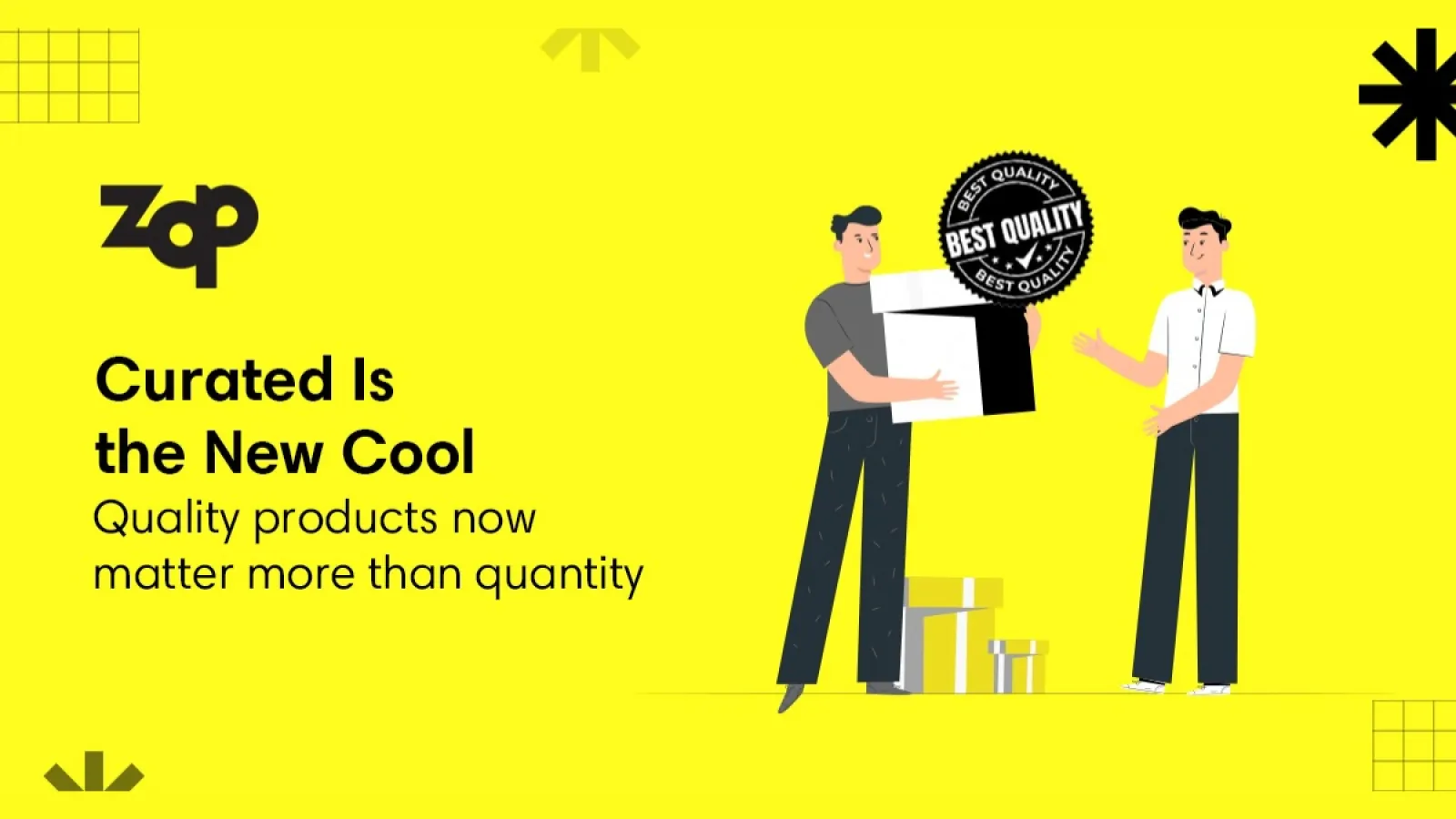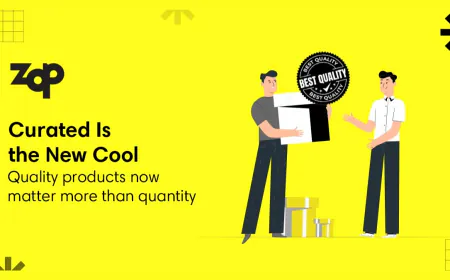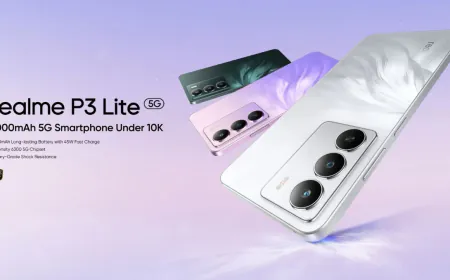The Rise of Curated D2C Marketplaces: Why Quality Over Quantity Wins Today
Discover why curated D2C marketplaces are reshaping e-commerce, focusing on quality, customer trust, and a refined shopping experience.

There was once a time where ecommerce race was only about one thing - MORE! More sellers, more products, more buyers, more everything. Mega e-marketplaces turned into “everything stores”. But they failed to consider how it made consumers feel, endlessly scrolling through repetitive products.
A shift is here, and it is now. Shoppers want platforms that take them through a journey of meaningful discovery. This is the experience curated D2c marketplaces are able to provide, by reshaping our shopping patterns and how brands reach their audience.
What are Curated Marketplaces?
Curated marketplaces are digital platforms that prioritise quality over quantity. Unlike traditional marketplaces where every seller competes for attention, these platforms carefully select brands based on standards like authenticity, sustainability, and reliability. This approach gives shoppers fewer but better options helping in reducing decision fatigue while building trust.
For consumers, the appeal lies in the confidence of knowing that each product has been vetted for relevance and quality. In fact, a Deloitte study shows that 57% of Gen Z and millennials prefer brands that align with their personal values, underscoring the growing demand for thoughtful curation.
For brands, curated marketplaces provide more than visibility, they offer credibility. Instead of fighting for clicks through aggressive ads, businesses are discovered in the right context, alongside peers who share similar values of quality and innovation. This not only improves brand discovery but also strengthens brand equity over time.
With the rise of D2C in India, curated marketplaces are helping emerging labels break through the clutter of mass eCommerce. Platforms like Zop take this idea further by giving growing brands a stage where storytelling and quality stand front and center. Here, shopping becomes more than a transaction, it becomes a discovery-led experience that builds lasting loyalty.
Why Curated Marketplaces Are Gaining Ground
Consumers are tired of the overwhelming amount of products shoved on their screens by old D2C platforms. Despite having more choices, a sense of fatigue creeps in from looking at similar products over and over.
Curated marketplaces fix this issue with ease. They focus on authenticity and quality rather than quantity. Discovering new products that align with consumers’ tastes becomes easy, eventually gaining trust. Instead of selling hundreds of products, curated marketplaces pick out the most noticeable ones to display to their customers.
Brands who are carefully picked out by these D2C marketplaces also feel loyalty towards them and do their best when it comes to producing their goods. All in all, curated marketplaces are a win-win situation for both consumers and sellers.
Benefits for Consumers
● Curated marketplaces assure good quality products. Consumers are aware of the reliability since the products are vetted.
● Shoppers are able to get their hands on unique finds which don’t get a chance to stay afloat in mega stores.
● Shopping from a curated marketplace eliminates decision fatigue by minimising the amount of products you have to go through.
Benefits for Brands
● Smaller, more niche brands get a chance to have their products displayed as curated marketplaces set a level playing field.
● Brands that are born out of meaningful stories are given centre stage. More and morepeople are attracted to brands that come with a story.
● Curated marketplaces make it easy for brands to find the right customers. This strengthens their engagement and builds a loyal audience base.
How Curated Differs from Traditional Marketplaces
Curated marketplaces run on a completely different philosophy when compared to traditional ones.
Mega-stores function on scale. Their goal is to try and get as many sellers and products on their platform. Although this creates wide choices, it also creates clutter and confuses shoppers.
Curated market places do the opposite of this model. They embrace selectivity and make sure that the brands that they showcase are authentic, relevant and high-quality. This allows consumers to shop with less noise and more confidence.
What drives visibility of a brand on a mass marketplace is how much they spend on ads. This transactional dynamic subdues creativity, purpose, and storytelling. Only big brands with high budgets get a chance to showcase their products.
On the other hand, curated platforms are based on discovery. A brand’s journey, values and its unique story is made to stand out. This creates an inviting feeling for not just brands but consumers as well.
● Transactional vs. Relational
Online superstores' ability to make the best use of conversions. They want to get the consumer to buy as quickly as possible, move on and only come back when there is another deal. As efficient as it is, it does not generate brand loyalty.
This transactional relationship does not exist on curated marketplaces. Brands are picked out carefully to match consumers’ needs and values and encourage repeat engagement. This creates a community of loyalists who vouch for the brands they love.
The Zop Perspective
The options for marketplaces for D2C brands in India are mostly limited to Amazon and Flipkart. These mega marketplaces erase the stories, craftsmanship, and passion of founders while drowning their consumers in a sea of products and discounts.
This is where Zop comes in. It has positioned itself as the go to curated platform for discovering D2C brands. Zop gives importance to storytelling and authenticity which allows consumers to discover, trusted and emerging brands without feeling overwhelmed. For brands, it is a platform where their products can speak for themselves.
At Zop, we create a balance of brand visibility with consumer satisfaction. Instead of surfacing the cheapest options, we showcase what's actually meaningful. For young D2C players who can't afford to burn a hole in their pocket, this platform is the most sustainable path to long-term loyalty.
Conclusion
The e-commerce game has changed for the better. It is no longer about who can offer the biggest catalogue on their platform, but about who can curate the right experiences. Consumers want less noise and more meaning, while brands want visibility and stronger engagement. Curated marketplaces are the way to deliver both.
One truth about the future of online shopping is crystal clear: less is more when quality drives choice. The brands that are able to embrace this change will be the ones consumers will remember, return to and recommend.
For Latest News update Subscribe to Sangri Today's Broadcast channels on Google News | Telegram | WhatsApp





































.jpeg)

































































































